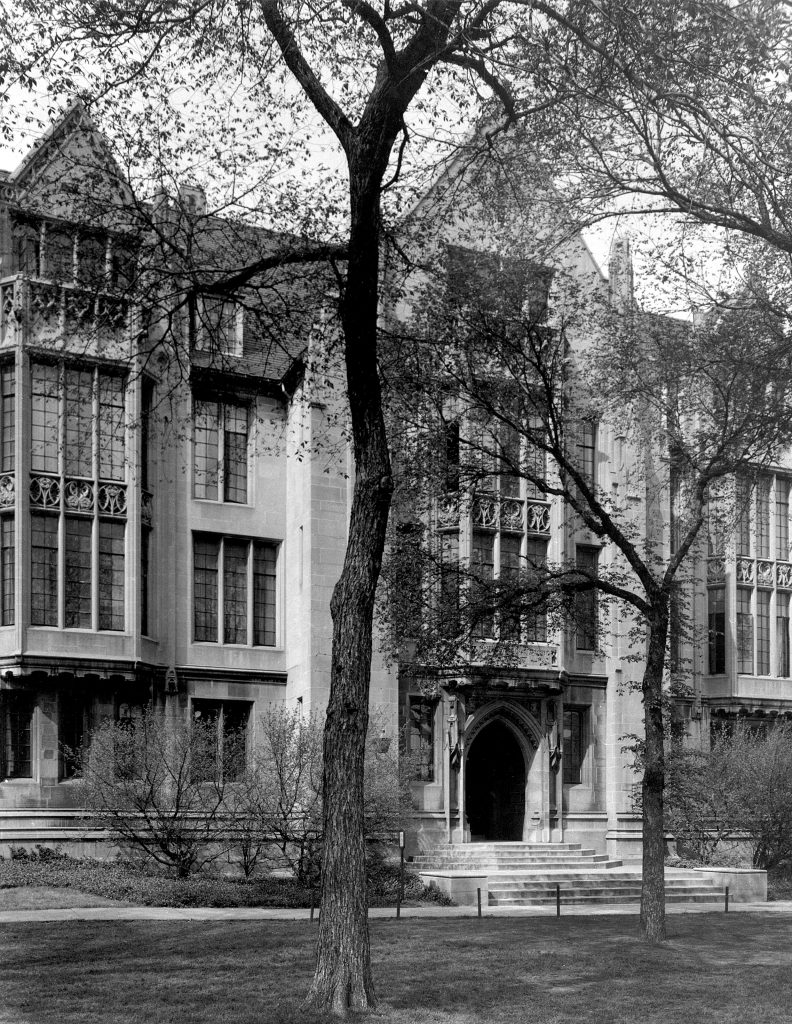Milton Burton was the Chief of Radiation Chemistry in the Metallurgical Laboratory (“Met Lab”) at the University of Chicago and later at Oak Ridge during the Manhattan Project.
Burton was born in Stapleton, New York. He earned both his bachelor’s and Ph.D. degrees from New York University (NYU). He taught chemistry at both NYU and the University of California.
During World War II, Burton was a part of the Manhattan Project. He first worked in the Met Lab from 1942 to 1943, and then he worked at Oak Ridge from 1943-1945.
According to Out of the Crystal Maze, Burton’s group was tasked with addressing concerns about extremely high radiation levels inside the Met Lab’s reactor causing changes in the mechanical properties of the reactor’s materials. These problems were known as the “Winger disease” and the “Szilard complication,” which were named after physicists Eugene P. Winger and Leo Szilard.
In December of 1942, Winger proposed that “fast neutrons would cause a potentially dangerous accumulation of lattice defects in the graphite used as a moderator in atomic piles.” Shortly after, Szilard warned that “the energy stored in interstitial atoms knocked out of their regular sites might be released in a violent and uncontrollable way.” Burton’s group tried to solve these problems by theoretically estimating the amount of energy stored in irradiated graphite.
In 1945, Burton joined the chemistry faculty of the University of Notre Dame. While at Notre Dame, he specialized in teaching radiochemistry, photochemistry, and kinetics.
Following the war, he continued to work on the Manhattan Project in Los Alamos, New Mexico. While at Los Alamos, Burton was involved in developing the hydrogen bomb, including the 1952 tests at the Bikini Atoll.
Later Years
With support from the Atomic Energy Commission (AEC), he founded Notre Dame’s Radiation Laboratory in 1949. The AEC needed an electron accelerator to investigate the effects of radiation on matter, so it commandeered Notre Dame’s and put Burton in charge of exploring the chemical effects of ionizing radiation. Burton served as the lab’s director from 1949 until 1971 when he retired.
During the 1950s, Burton worked with scientists from Oak Ridge National Laboratory to design a new, inexpensive radiation source. Using radioactive cobalt, the new design cost less than a thousand dollars, and thus, made it more affordable for small colleges to take part in atomic radiation research.
From 1955-1956, Burton taught at George August University in Goettingen, Germany as a selected member of the State Department’s International Exchange Program. The program provided grants for American lecturers and researchers to spend a year at foreign educational institutions. Individuals chosen for the program were selected by the Board of Foreign Scholarships, a committee made up of presidential-appointed members.
At the age of eighty-three, Milton Burton died on November 18, 1985 in Mishawaka, Indiana.
For more information about Milton Burton and his nuclear energy please see the following resources and references:





